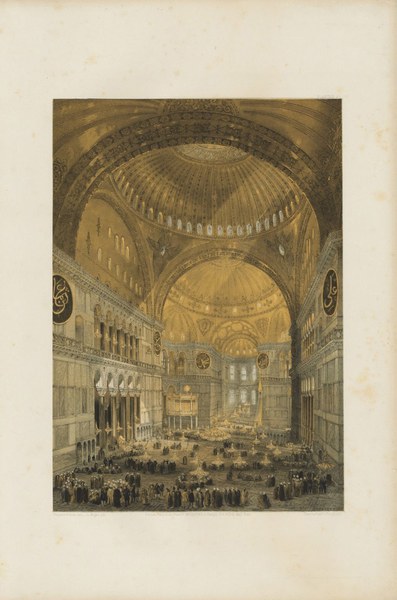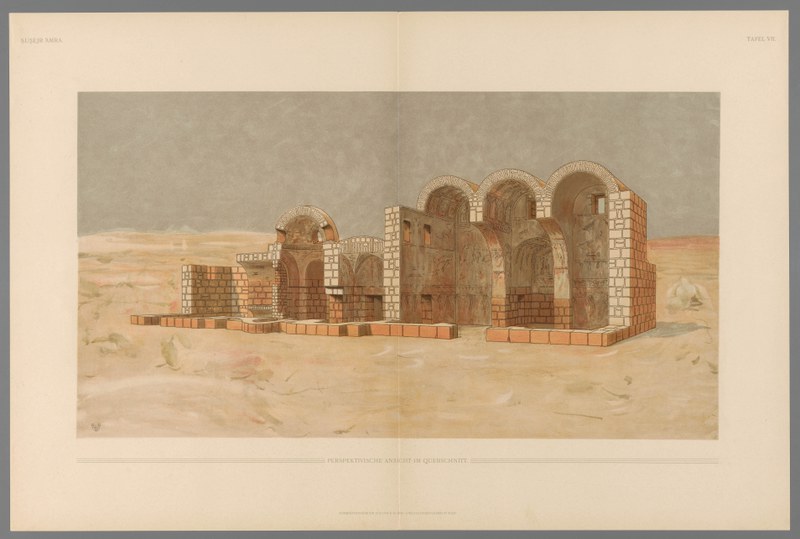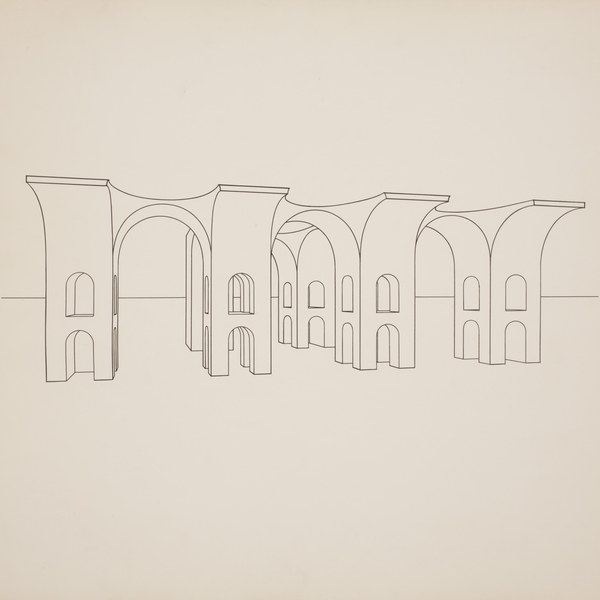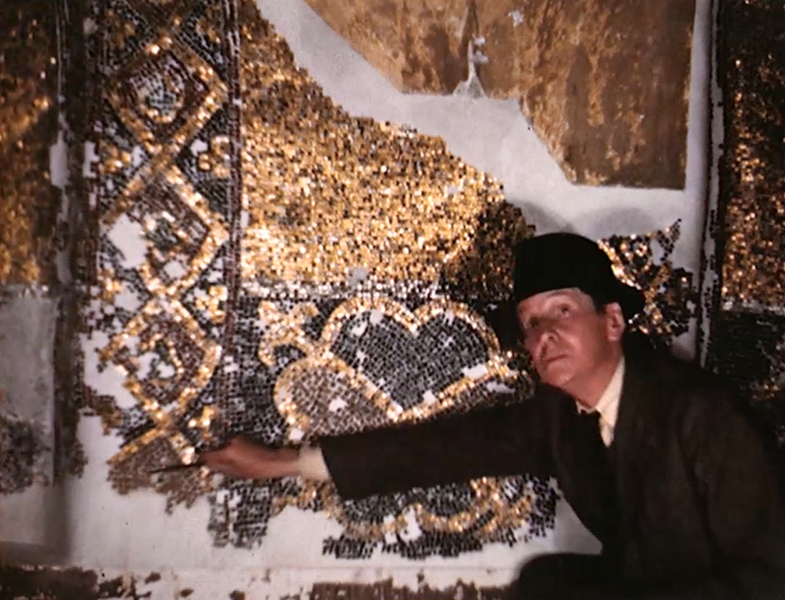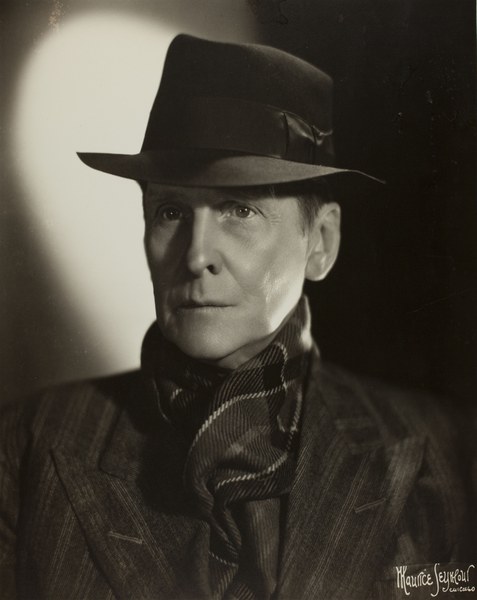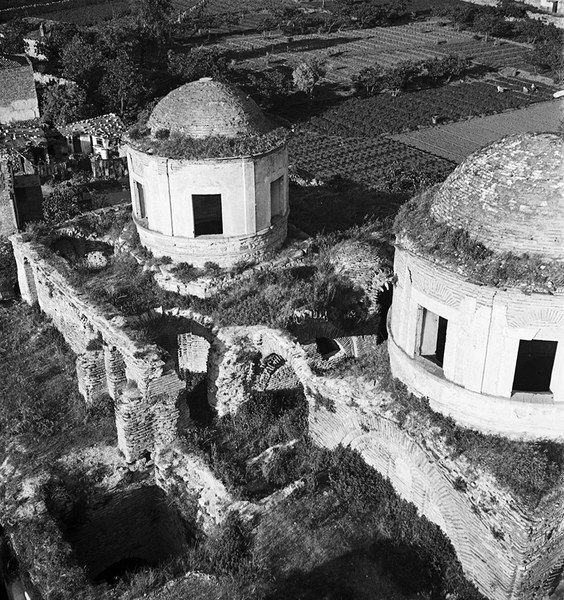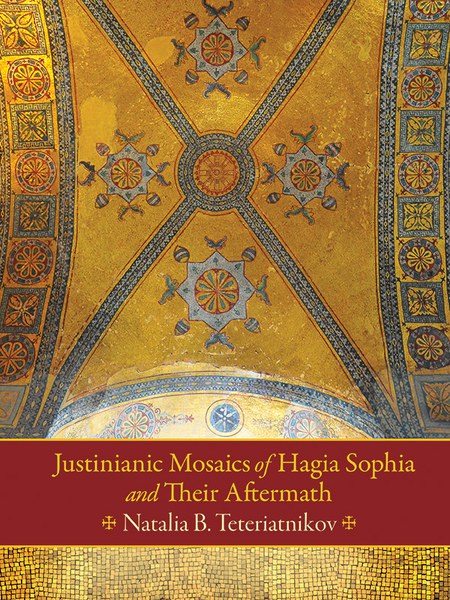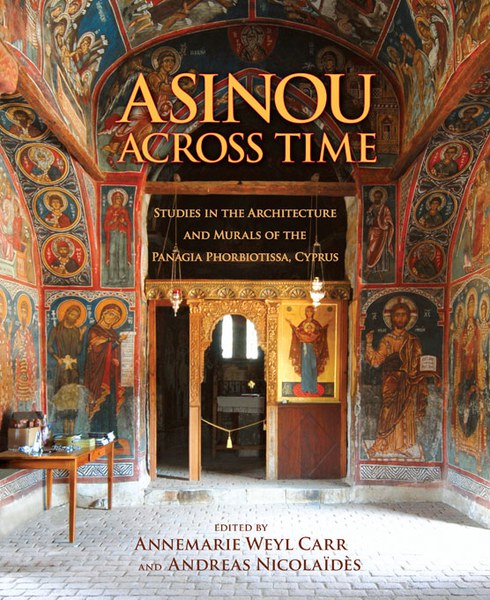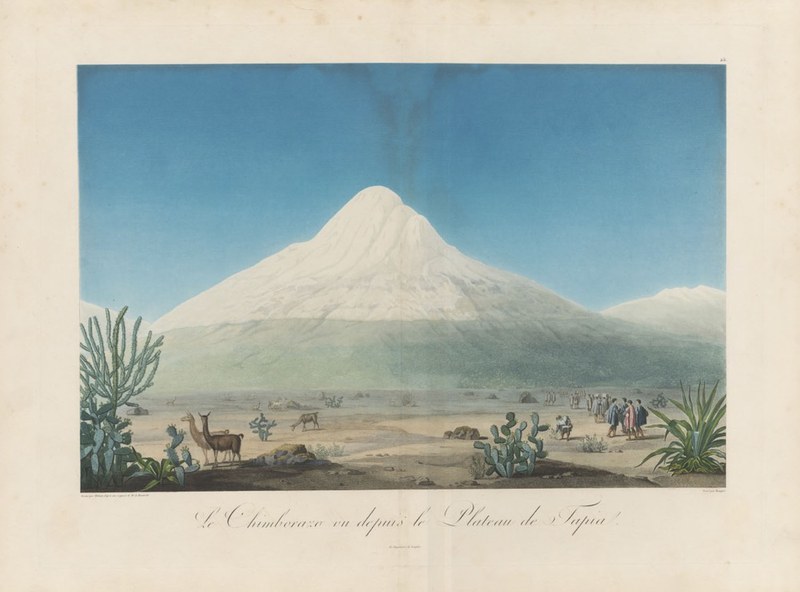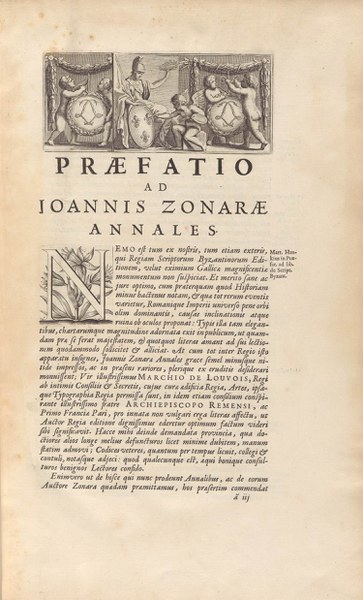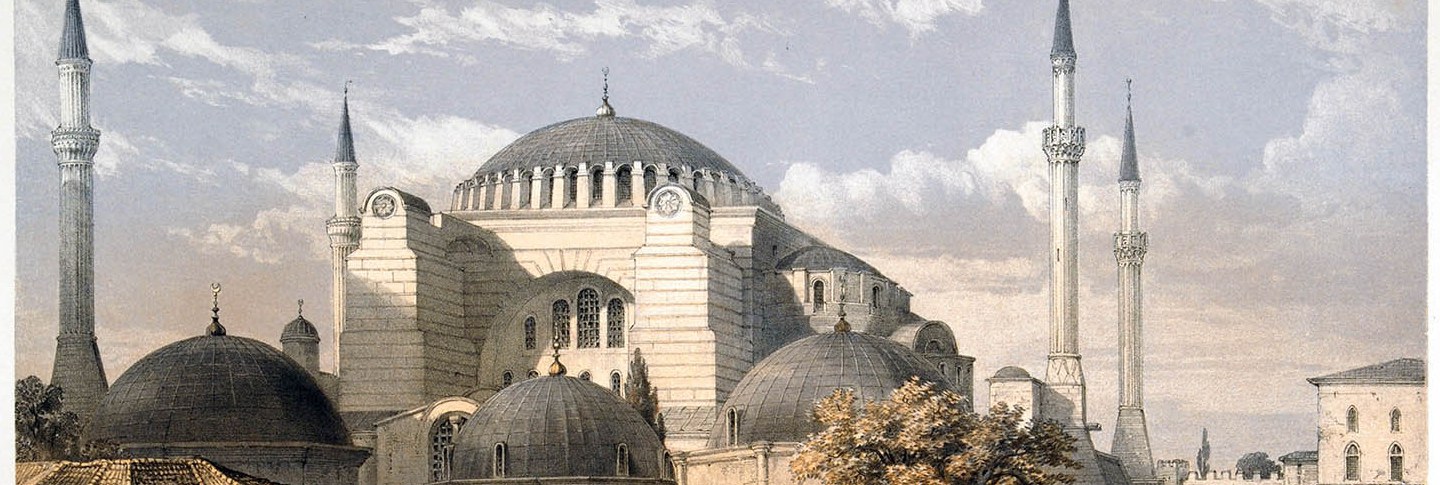
Eastern Mediterranean Monuments
Rare Books Archival Collections Online Exhibits Publications External Resources Related Content
The centuries after the conquest of Constantinople in 1453 saw a gradual transformation of the Byzantine city into the Ottoman capital through ambitious building campaigns and the cultural appropriation of the earlier architectural legacy. If the sixteenth-century humanist Pierre Gilles, who lived in Istanbul in 1544–47, devoted himself to recording its disappearing antiquities, the 1680 travelogue by another French visitor, the artist Guillaume-Joseph Grelot, showcased the city’s new imperial splendor, with eastern exoticism overlaying the mysterious past. In contrast with these eyewitness accounts, the historical description of Constantinople by the seventeenth-century historian Charles du Cange was a masterpiece of armchair scholarship.
For the Enlightenment writers such as Voltaire and Edward Gibbon, however, the shroud of mystery that surrounded Byzantium concealed a world of decadence and corruption, an epitome of reviled despotism. Absorbing the old antagonism between the Catholic West and the Orthodox East, this Orientalist attitude was shared by many an educated contemporary, captivated instead by the perceived “purity” of ancient Greece. Their efforts brought to fruition such resonant publications as the Antiquities of Athens and Robert Adam’s survey of Emperor Diocletian’s palace at Split, as well as Robert Wood’s explorations of Palmyra and Baalbek in Syria.
A turning point in changing this cultural tide was the restoration of Hagia Sophia, carried out in 1847–49 by the Swiss brothers Gaspare and Giuseppe Fossati. Revealed in minute detail, the building’s architecture and decoration were captured in a series of twenty-five lithographs, securing Byzantium a unique place in the history of art. Later nineteenth-century scholarship, further encouraged by the rediscovery of the monastic heritage of Mounts Athos and Sinai, continued to enhance the empire’s artistic reputation, including its architectural legacy and mosaic iconography and technique. This scholarship expanded through the twentieth century in campaigns to uncover, conserve, restore, and document the late antique and Byzantine past in the Mediterranean; many of these archaeological projects were financially supported and published by Dumbarton Oaks.
Searching for Materials in HOLLIS
In addition to select digitized titles, the Dumbarton Oaks Rare Book Collection holds numerous materials related to eastern Mediterranean monuments. To quickly locate items in HOLLIS, use the “Advanced Search” feature to specify material subject, language, date range, or other criteria. Relevant subjects include the following:
Istanbul (Turkey) -- Description and travel
Digitized Rare Books
Archival Collections
The architectural photographs in the Arthur Kingsley Porter Photographs of Architecture and Manuscripts, 1980s, primarily concern churches and monasteries.
The Franklin M. Biebel Photograph Albums of Mosaics, ca. 1950s, include photographs, plans, and documentary information on floor mosaics from Byzantium and the West.
The Byzantine Black and White Mounted Photograph Collection, 1942–2000s, includes over 75,000 mounted black and white photographic prints of Byzantine art, architecture, and archaeology, its bulk being from the fourth through the fifteenth century.
The Dumbarton Oaks Byzantine Color Photograph Collection, 1960–2010, includes approximately 9,000 color slides donated by or purchased from scholars, other institutions, or vendors, depicting a wide range of subjects from Byzantine art and architecture, including manuscripts, coins, metalwork, paintings, sculpture, ivories, enamels, jewelry, and textiles.
The Record of 1937 Trip Taken by Donald Drew Egbert and Andrew Saeger Keck, Princeton, NJ, February–July 1937, documents architectural monuments and archaeological sites throughout the Mediterranean.
The Dumbarton Oaks Research Archive Project, ca. 1940s, was compiled by Junior Fellows in residence at Dumbarton Oaks in the 1940s and contains photographs and research notes related to Early Christian and Byzantine monuments.
The Byzantine Institute and Dumbarton Oaks Fieldwork Records and Papers, circa late 1920s–2000s, document the restoration and conservation work at Hagia Sophia and Kariye Camii, as well as later projects in Turkey, Cyprus, and present-day Macedonia. In addition to records and papers, the collection also includes photographs and films.
The Robert L. Van Nice Fieldwork Records and Papers, ca. 1936–1989, document the architectural survey of Hagia Sophia in Istanbul, Turkey, conducted by Van Nice from the late 1930s to the 1980s.
The Nicholas V. Artamonoff Photographs of Istanbul and Turkey, 1935–1945, includes 544 photographs taken in Istanbul and five archaeological sites in western Turkey: Ephesus, Hierapolis, Laodicea on the Lycus, Pergamum, and Priene.
The Paul Atkins Underwood Research Papers, ca. 1936–1950s, document Underwood’s efforts to reconstruct the Church of the Holy Apostles.
The William Earl Betsch Photographs of Architectural Capitals in Istanbul, 1970, containing 55 rolls of negatives and 1 notebook from Betsch’s survey of architectural capitals in Istanbul, Turkey, include photographs from the Istanbul Archaeological Museums, Hagia Sophia, and various cisterns.
The Charles Tauss Papers and Records of the Kariye Camii Museum Project, ca. 1955–1990s, contain administrative and photographic documentation for the wall painting conservation conducted by Tauss between 1984 and 1989.
The Edward Eliopoulos Photographs of Mani, Greece, 1958–1980, comprises 199 photographic prints of Byzantine churches in Mani, Greece, especially those dating roughly to the Middle Byzantine period, ca. 900–1250.
The Miodrag Marković and Dragan Vojvodić Photographs of Churches in Serbia and Macedonia, 2008, include images of the architecture and fresco programs of six churches.
The Paul Hetherington Photographs of Greece, circa 1960–2001, document Byzantine and medieval architecture throughout Greece as well as a variety of ubiquitous scenes and landscapes captured during Hetherington’s travels.
The Early Archaeological Projects Associated with Thomas Whittemore include excavation projects and studies of art and architecture undertaken in Bulgaria and Egypt from the 1910s through the early 1930s.
The Josephine M. Harris Research Papers and Photographs on Coptic Architectural Sculpture from Oxyrhynchos, ca. 1950s-1970s, includes documentation for approximately 500 architectural sculptures dating to the third through sixth century from Oxyrhynchos, Egypt.
The Margaret Alexander Papers and Records of the Corpus des Mosaïques de Tunisie, ca. 1940s–2000s, documents the fieldwork and publications projects of Tunisian pavement or floor mosaics in Utique, Thuburbo Majus, El Jem, and Carthage.
The Ernst Kitzinger Research Papers and Photographs, 1940s–1980s, document in detail mosaics and other architectural aspects from several buildings in Sicily, including Capella Palatina, Cefalù, Martorana, and Monreale.
The North Adriatic Project Fieldwork Records and Papers, ca. 1974–1990, include comprehensive research and conservation materials related to mosaics in the North Adriatic area. Related materials are in the Dumbarton Oaks Archives’ Otto Demus (1902–1990): Papers and San Marco Mosaics Project Papers and Corpus of North Adriatic Mosaics Papers.
The Frank Kidner Photographs, 1983–1999, document Kidner's travels through Syria and the eastern Mediterranean. The bulk of the images depict early Christian built works, but Kidner also photographs street scenes and landscapes of the regions he visited.
Online Exhibits
Explore highlights from the collection related to eastern Mediterranean monuments below, or view all online exhibits.
Publications
A number of titles in the Dumbarton Oaks Studies series focus on Byzantine architecture and archaeology. See featured titles below, or search all titles from Dumbarton Oaks Publications.
External Resources
The Index of Medieval Art houses, contextualizes, and presents images and information relating to the iconographic traditions of the medieval world. Founded in 1917 and maintained by a specialized staff of art historians, it serves iconographic researchers through both its physical archive on the Princeton University campus and an expanding online database. The print index and online database together make available approximately 350,000 images and data from the “Long Middle Ages,” from early apostolic times until the sixteenth century. Full access to the online database is available to users by subscription; however, the Index has made the The Svetlana Tomeković Database of Byzantine Art, a collection of nearly 4,000 images of frescoes and architecture in Eastern Europe and the Mediterranean, available without a subscription.
The Visual Resources Collection at Princeton University holds a key archive for the study of Byzantine icons, namely, the color photographs of the collection of icons owned by the Monastery of Saint Catherine at Mount Sinai. This rich body of material stretches from late antiquity until the modern era and encompasses the history of the icon. The collection is unique in that it documents, in color, the condition of these icons after the cleaning and restoration carried out in the 1950s and 1960s.
Das Bild des Orients is an independent archive documenting the Islamic, Ancient, and Christian architecture of Turkey, the Middle East, and Central Asia. Approximately 30,000 slides, photographic prints and negatives, spanning the beginning of the Islamic period (ca. seventh century) until present day, are in the process of being digitized and added to the online database.
The Travelers in the Middle East Archive (TIMEA) is a digital archive focused on Western interactions with the Middle East, in the nineteenth and early twentieth centuries. It contains electronic texts such as travel guides, museum catalogs, and travel narratives, as well as historical maps and photographs, postcards, and book illustrations of monuments, street scenes, people, and events.
Harvard Library has produced thorough subject guides pertaining to Medieval Art and Architecture and Islamic Art and Architecture. These guides include links to relevant electronic databases and digitized collections. There is also a subject guide for accessing the images collections at the Berenson Library at I Tatti.
Related Collections Strengths
Learn more about other collection strengths that may contain materials of interest to this research topic, or view all collection strengths.
Related Content
Discover related news, resources, and opportunities at Dumbarton Oaks.
